Interview
Interview: Joanna Blémont
In conversation with MA illustration student Joanna Blémont. Having completed a BA in Drawing at La Cambre, Brussels, Joanna of Rwandan and Belgian heritage, now studies in Edinburgh, UK.
Can you talk about your journey into or interest the arts?
My family wasn’t particularly creative. I have always been drawn to visuals through graphic novels, illustration and painting but not encouraged to take it seriously until I took Art in secondary school in the UK which exposed me to art history, galleries and museums.
Do you use a sketchbook?
I own two sketchbooks; one where I quickly scribble down concepts I have in mind and one where I do observational drawing and focus on bringing the outer world in. They are equally important to my process despite their opposite nature. One is energetic and exciting whereas the other is slow and meditative. Creative work is all about absorbing the outer world and translating it into your own personal language, which these sketchbooks help me do.
Can you talk about the influences upon your work?
That’s always a difficult question for me to answer because each phase of my creative journey is influenced by different groups of artists. I would say that in the past two years, I’ve been drawn to Peter Doig’s paintings for their dream-like quality and distortion of existing places. Anthony Cudahy’s use of colour pushed me out of my comfort zone and the theme of memory really speaks to me. I came across Michael Armitage’s work at the Turner Contemporary and was drawn to the way he deals with layered narrative. For me, these artists all deal with hidden narratives that the viewer has to uncover.
What themes are you exploring through your work?
I’ve noticed a repetition of ambiguous and uncertain elements in my work. I depict familiar environments with hidden narratives, they are often empty. If a figure is present, they act as an observer of the world around them and a link between the viewer and the scene. Something is indicated but left unsaid.
Your work often contained very delicate observations of human behaviour. Can you talk about this?
I have recently come across the term ‘liminal space’ which is a place of transition and uncertainty, a sort of in-between. I subconsciously freeze time in my work, a small yet significant action happens in sequential pieces whilst in others the figures seem to be frozen. I think it may come from the experience of constant change I have felt whilst growing up, never quite settling, observing and waiting for the next chapter.
Can you talk about your process of working? How do you work, how often, is there a particular pattern?
I usually work in intense bursts that range from a few days to months at a time. I’m trying to find a more sustainable approach but feel like my work can get too robotic or repetitive with a rigid schedule. Something that has worked is coming up with concepts and compositions in the evening, when my mind is foggy and free of judgement and focusing on the act of painting in the morning. It makes me proceed without overthinking and helps me learn from my mistakes faster. I usually enjoy working in an open, clear space whilst listening to podcasts.
Do you find the process of creating work relaxing or therapeutic?
I find that life drawing is the most meditative form of work because you have to be fully present and ‘give up’ your inner thoughts to the world around you. When it comes to other work, the problem-solving aspect doesn’t allow me to detach from my thoughts. It’s more of an exciting and demanding process where I occasionally lose sense of time.

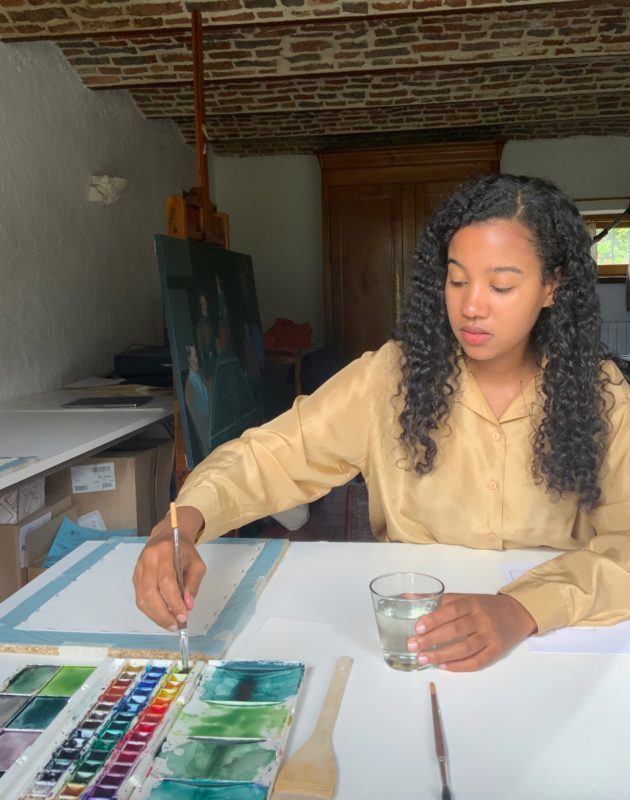
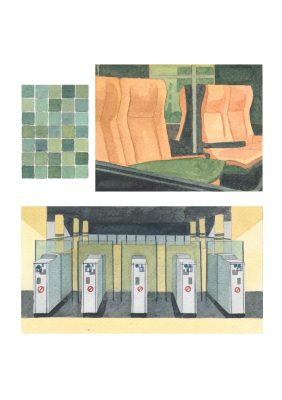
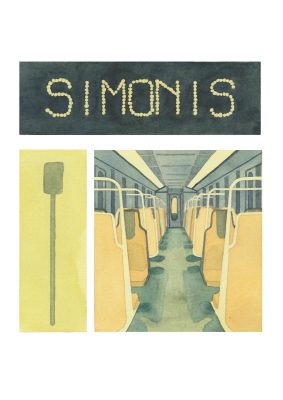
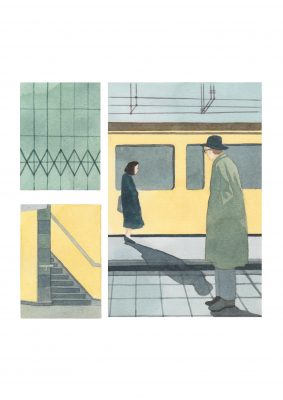
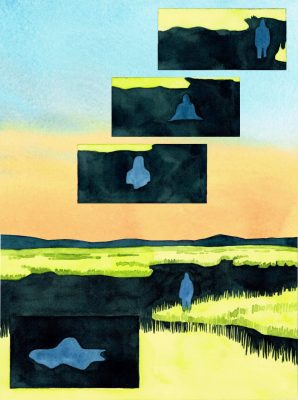
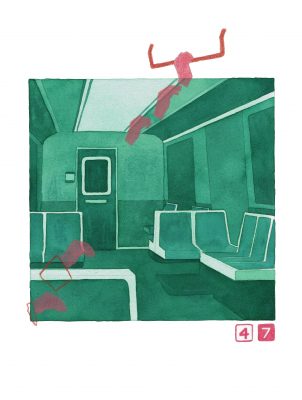
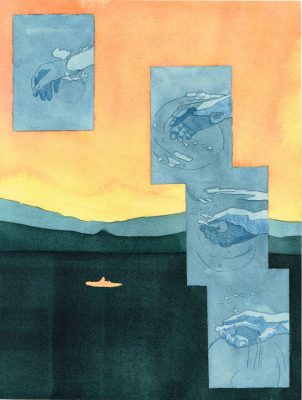
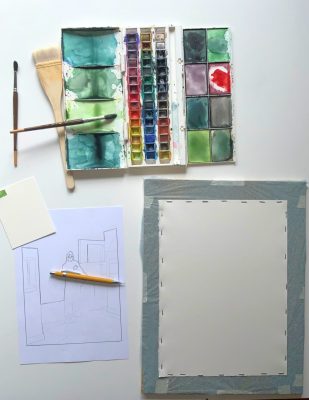
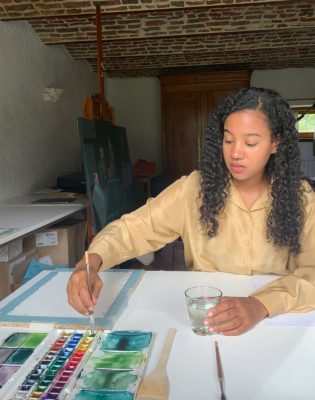
Do you like this artist?
If so, why not write a comment or share it to your social media. Thanks in advance if you can help in this way.